
One of the most useful options for architectural modeling in Blender is the ability to display lengths for edges. That way you can make 3d models and keep an eye on dimensions, with no need to measure them every time you want to know the size of an object.
Prior Blender 2.8 you would find the option to display such information about edges in the properties tab of the 3D View. In version 2.8 the Edge Length is on a new location.
To display lengths, you now have to use the Overlays options.
There you will see a field called “Measurements” with the Edge Length option. If you enable the visualization of lengths, you will start to see the numbers right next to each selected edge.
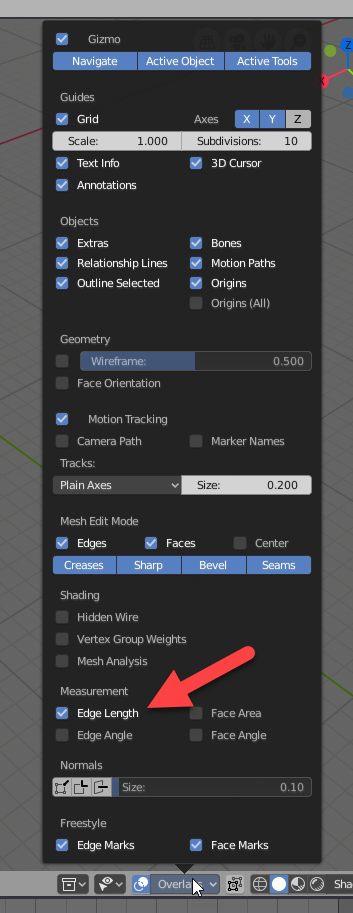
By using the unit settings for modeling in Blender, you will also see the values with the proper symbol. You have to select one or multiple edges to see each value.
It could meter for the metric system:
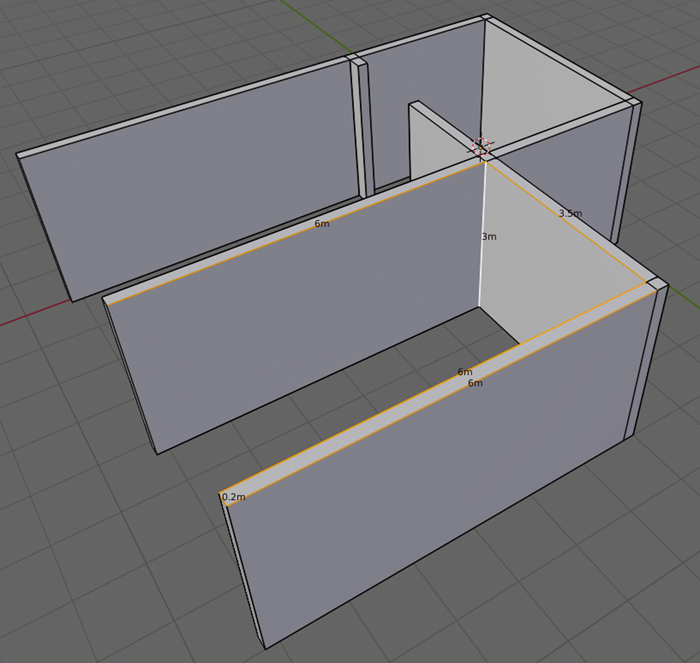
Or feet and inches for the imperial system:
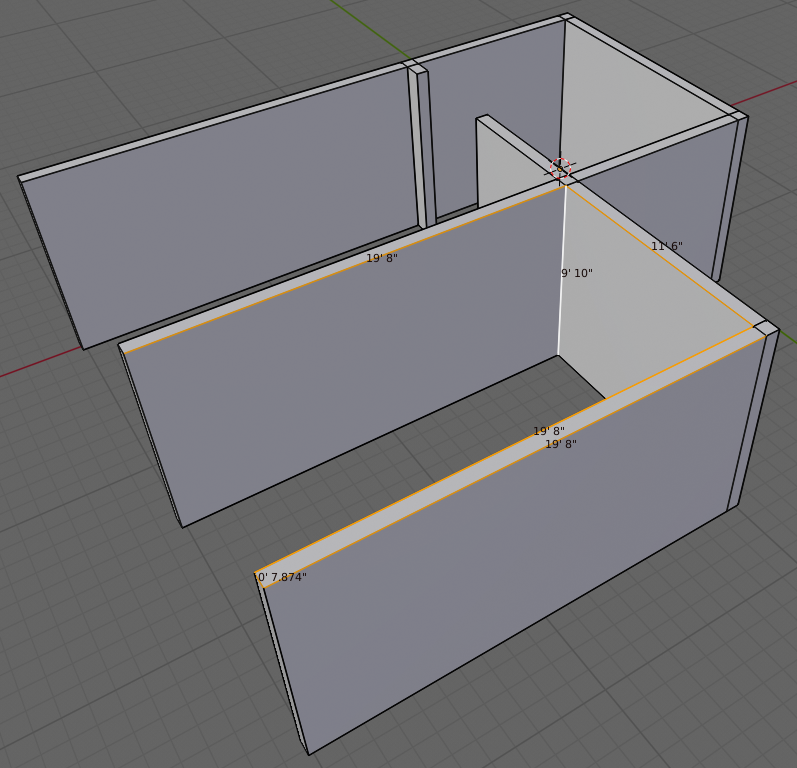
For people starting with Blender 2.8 with a background in 2.7x, it may become confusing to find such options because they are now “hidden” in new menus.
Now you know how to enable the visualization of lengths for precision modeling in Blender 2.8.
If you want to learn more about how to work with precision modeling in Blender using the imperial system, you should take a look at our ebook about modeling with feet and inches. It has more than 100 pages with modeling examples for architecture.
Disclaimer: Some of the links above might be affiliate links, meaning, at no cost to you, we earn a commission if you click through and make a purchase. If you decide to purchase using our links, you will be helping us with the maintenance of Blender 3D Architect. Thank you for your support!

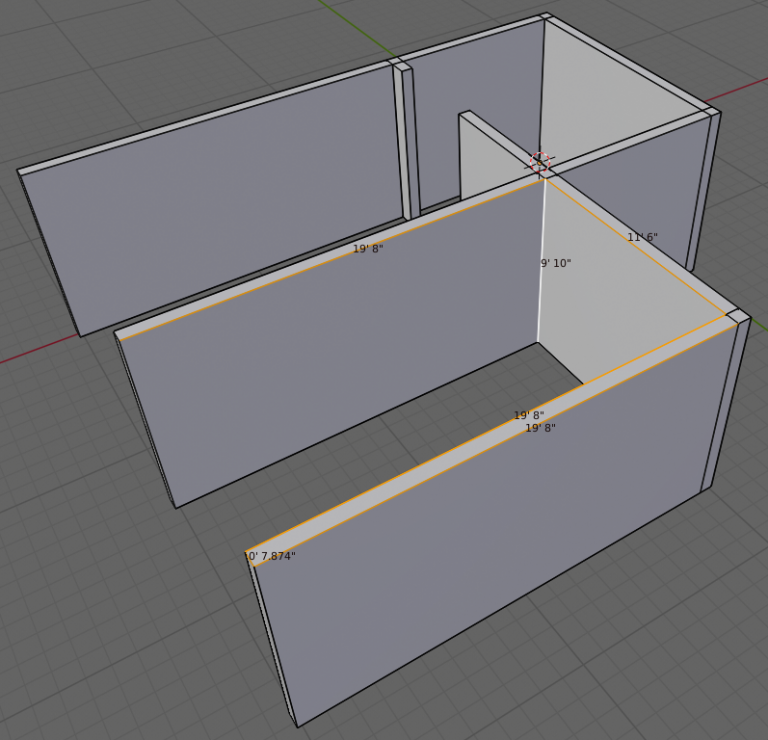

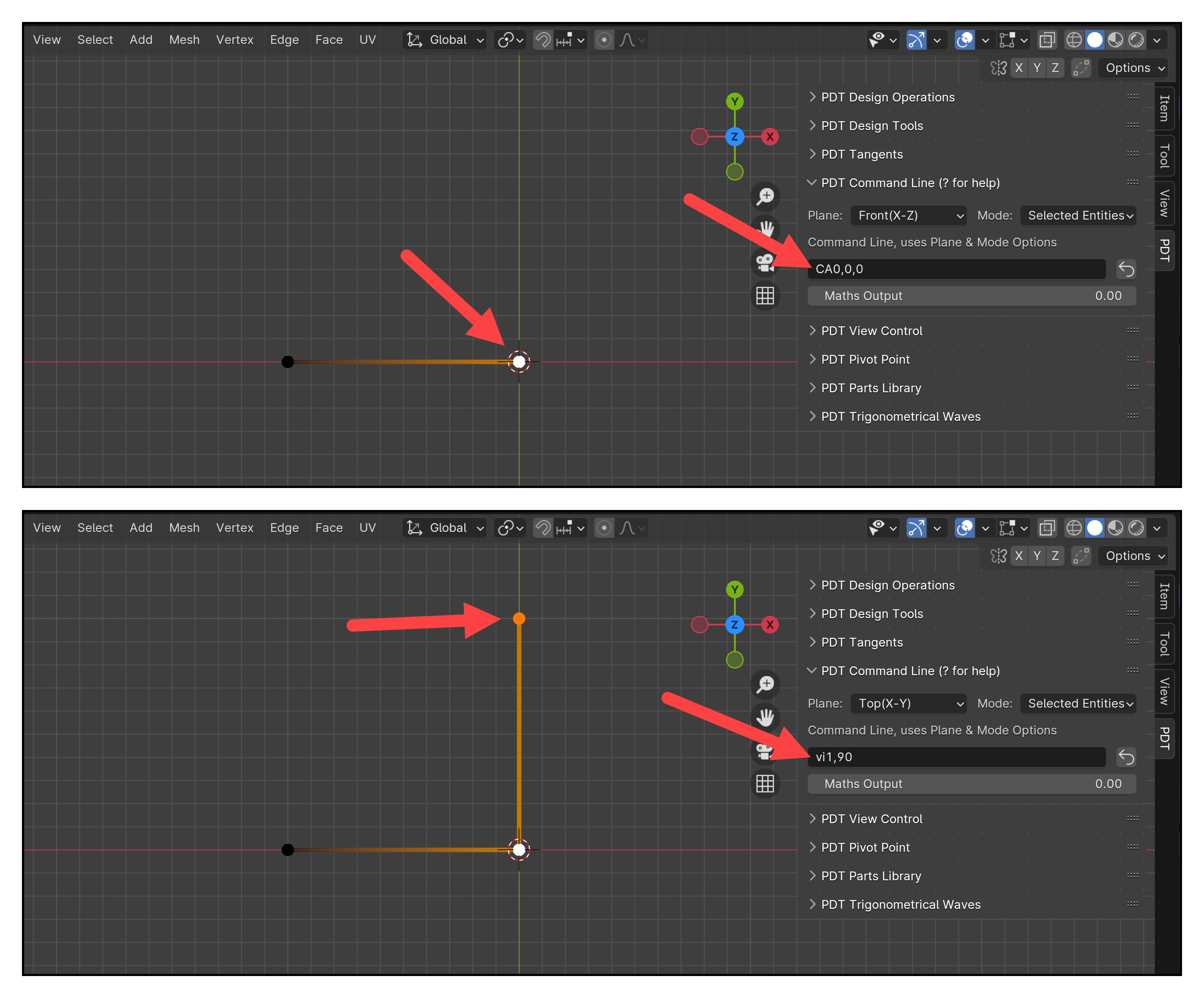
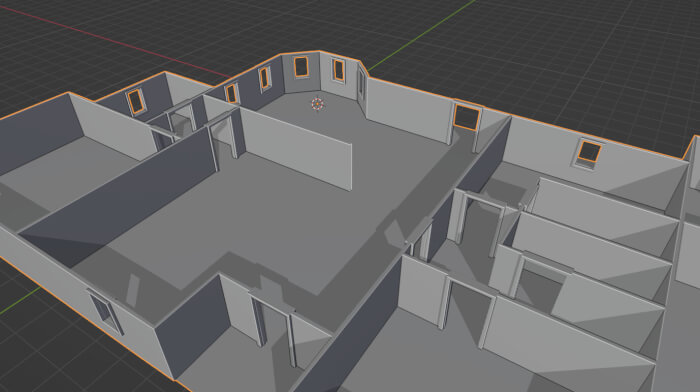

I don’t see this option in my version of 2.8. Am I missing something or does it need to be turned on somewhere?
These options aren’t available in my blender 2.8. Do I need to turn them on somewhere?
It’s in Overlays options but you need to be in Edit Mode.
I ticked the appropriate box in Overlays panel but the measurements are still not visible. I’m using Blender v2.81.16
OK Peeps, since nobody answered these questions, I am going to just so if anyone looks, they will see it. In Blender 2.8, you have to be in “modeling” tab. Once there, you will see the measurement option show up in overlays. I am sure there is a way to make it show up in other tabs, but since I do my modeling in the modeling tab, I just stopped at that being well enough. Cheers!
There is one thing missing – I have spent hours following these instructions to no avail.
Only because no one has mentioned there to switch to Edit mode.
Maybe an update to the description as some other users brought it earlier and it still not updated? Or is it how worth your courses are? 😉
” If you enable the visualization of lengths, you will start to see the numbers right next to each selected edge.” It’s implied that we are talking about edit mode 🙂
Simply go into airframe mode and box select the whole object
It’s important to understand this is only edges. Not terribly useful if you have a mesh with any subdivisions…
Wow. Based on this post, without knowledge about the Overlays widget itself, you can never find this option. A bit lame, if you ask me 😛
How are you getting the edge dimensions to show in Ft’ In” ?
I’m only getting decimals ( 5.5′ , not 5′ 6″)
Where is the overlays widget??? No one is fully explaining anything! I’m in modelling tab, edit mode, and can’t find shit!!!